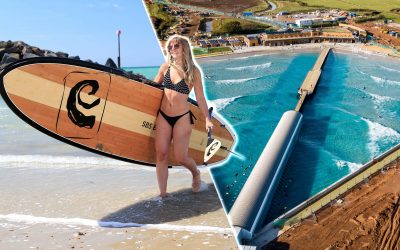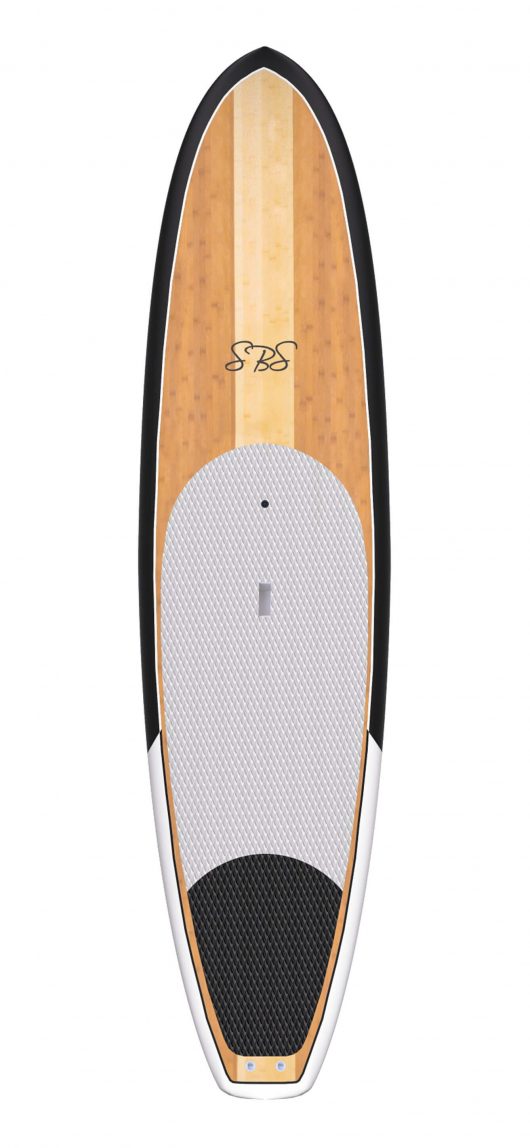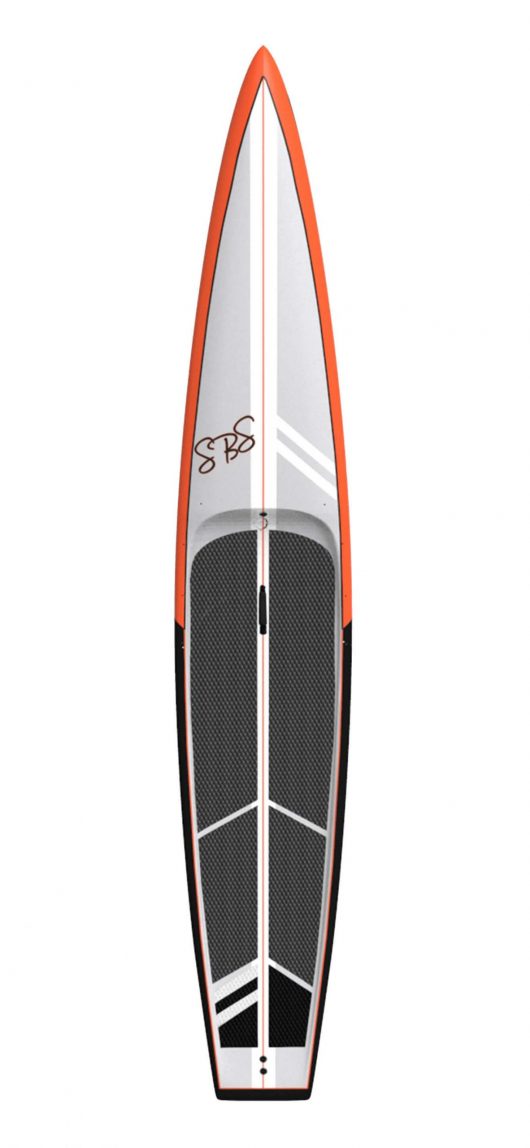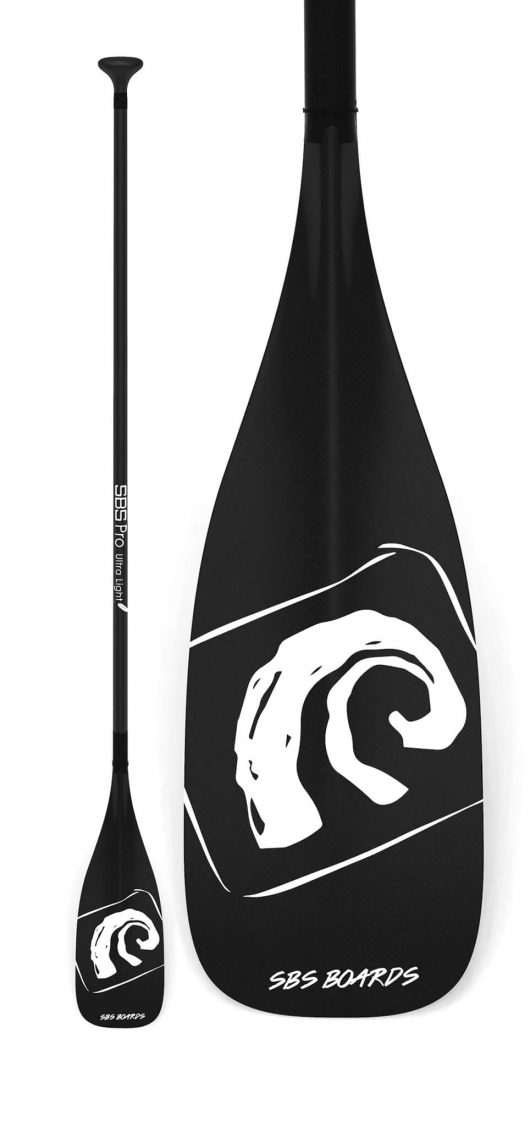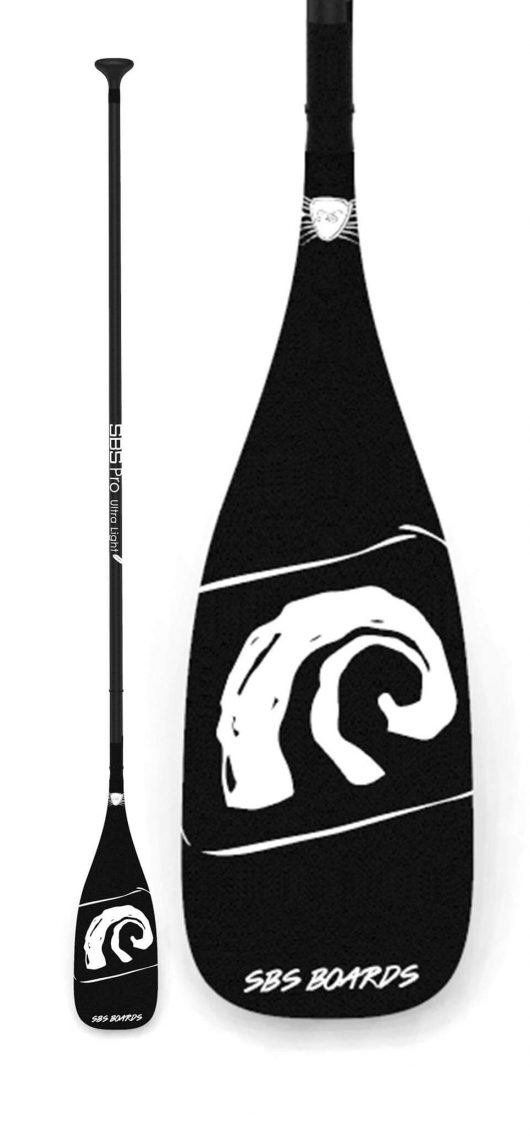Beginner’s Guide to Stand Up Paddle boarding (SUP)
How to Get Started
Stand up paddle boarding (SUP) is one of the fastest growing sports in the UK. Its popularity is due to the fun and relaxing nature of the activity, accessible to all. It’s also a great way to give your body a full workout and thus has become a popular cross-training activity for athletes, and recreation users as a great way to stay in shape. It can be done pretty much on any water surface, whether it be open ocean, in the surf or lakes and rivers. stand up paddle boarding also allows you to travel in style whiles providing you with a unique view of the ocean without any limitations.
Paddleboarding Gear
To Get started in Sup you only need a small amount of equipment to start to enjoy this sport.
-
Stand up paddleboard: This will usually be your biggest and most significant gear investment. Sizes are based on the paddler’s weight and experience. You will also need to take into consideration where you will be using the board and how?. Are you going to be using it in waves, flat water, recreational, race, touring etc? Check out our recommendations before you buy.
-
Paddle: Stand up paddles have an angle or “elbow” in the shaft for maximum efficiency. Choose a paddle that’s roughly 8” to 12” taller than you are the recommend heights can change depending on your intended usage i.e. racing, surf, flat water, touring).Personal Flotation Device (PFD)
-
Options to consider

-
A must have life-saving device for beginners as well as experienced if you plan on going out of your depth or the open ocean While not required everywhere, it is always recommended to have a PFD when paddling. This can be either a regular life vest or a belt pack. In certain areas, they are required so always make sure you check the local laws regarding PFD before you head out and you can be ticketed without one.
Appropriate clothing
-
Depending on the weather and temperature you will need to dress appropriately. In warm weather, you can generally wear a swimsuit and rash guard for some sun protection. If you are going to paddle in colder conditions where hypothermia is a concern, you will need a wetsuits, booties, gloves, possible a hood and other cold water protection.
Sun Protection
-
Out on the water you always want to have good sunscreen and sunglasses to protect you from UV rays.Wear a hat, or long sleeves t-shirt if out long distances or just recreational you should always protect yourself from the sun no matter how long your out. Carrying Your Board to the Water
-
There are three ways to carry your board, either using the integrated carry handle holding the rails or on your head. For short distances without much cross wind the handle is easiest.
-
Techniques: Getting Started
-
Carry Handle: Lean the board on its rail or side. Stand on the bottom side of the board. Reach over and grab the handle. Use your free hand to carry your paddle.
-
Side Carry: This way or carrying a sup is only advised for short journeys
-
Head Carry: Stand the board on its tail with the top facing you and your paddle on the ground close to you. Grab the rails of the board. Walk yourself under the board so your head is in the center point of the board and balanced. You can now bend down and pick up the paddle to head to the water.
Attaching your leash
A leash is important safety device in case you fall off of your board. It will keep the board from floating too far away from you and potentially into someone else. Especially helpful if you are in waves or there is a current. You attach one end of the leash to the tail of the board and the other around your ankle. Here 4 simple steps to properly attach your leash:
-
Slide the leash rope through the area at the tail of the board.
-
Velcro the rope to the leash so it is secure in the layers.
-
Attach the other end of the leash to your ankle or calf.
-
Be sure both ends are secure by giving a little tug on each end.
Putting on your fin
All paddle boards require fins. Most boards come with a single or tri fin setup. Here are some simple steps to get the fins setup:
Center fin
-
Put the board down bottom up.
-
Drop the washer into the fin box.
-
Line up the washer toward the front half of the fin box or where you want the front of your fin to sit.
-
Insert the fin. Slide the fin closer to the nose to help the ride track straighter or further back to turn easier. Most people put it center of the fin box.
-
When fin is in place line the washer up with where the screw goes in and twist it until it is snug.
Side Fins
On some sups there will be small side fins mostly used if in waves to give greater control
-
These are the two smaller fins that go on the outer rails:
-
There is a flat surface (foil) on each and you want this facing in.
-
Put each fin in and tighten them with a fin key or allen wrench.
Mounting the Paddleboard
When you’re new to the sport, it’s best to start out in flat, calm water if possible with in your depth, whilst being free of obstacles like boats and buoys or swimmers.
At first, you may find it easier to kneel on the board rather than to stand upright. Here are the steps to get you started:
-
Stand alongside the board in shallow water, place your paddle across the deck of the board and use it as an outrigger. The paddle grip is on the rail (edge) of the board; the blade rests on the water.
-
Hold the board by the rails. One hand will also be holding the paddle grip.
-
jump onto the board into a kneeling position, just behind the center point of the board.
-
From that kneeling position, get a feel for the balance point of the board. The nose shouldn’t pop up out of the water and the tail shouldn’t dig in.practicing on the beach before you enter the water is a good idea as you will be able to become comfortable with the motion of getting up
Standing up and stance
-
If in shallow water place the board face up so the fin is not dragging in the sand and rocks.
-
Walk the board out to around knee high water with the paddle lying across the deck of your board.
-
Grip the rails (sides) of the board and pop onto the board in a kneeling position slightly behind the center of the board.
-
In the position you can get a feel for balancing on the board. You can feel the side to side and front to back balance point.
-
From the kneeling position you can actually start paddling if you prefer to get comfortable with a lower center of gravity first.
-
Once you feel comfortable place your hands on the sides of the board and stand up at that balance point you felt.
-
You are now standing on your board and ready to start your stroke!
Once you’re ready, stand up on the board one foot at a time. Place your feet where your knees were.
-
Your toes should be facing forward with your feet parallel and about hip to should width apart depending on the width of your board.
-
Be sure to not stand on the rails of your board.
-
A relaxed slight bend in your knees will help you stay balanced out there.
-
Stand with your head and shoulders upright with your eyes looking ahead and not down at your feet.
-
Balance with your hips—not your upper body.
-
Forward movement of the board through the water will help increase your stability.
-
Make minor adjustments if needed forward or backwards depending on how the board is riding.
-
when your forward momentum increases, your stability increases as well.
Fall and recovery
-
Always be aware of any objects around such as other paddlers, buoys, or other watercraft.
-
When you feel yourself loosing your balance and about to fall, give the board a little push away as you fall. Falling in the water is a lot better than falling into your board.
-
If the board is taken away in a current or wave always try to retrive the board before retrieving your paddle.
Basic Paddleboarding strokes
-
Keep your arms straight with just a slight bend in the elbow.
-
Maintain a straight back and bend at the knees to avoid injury. Do not hunch over.
-
Think of the power come from your core rather than upper body.
-
Extend the blade forward as far as comfortable and fully submerge the blade.
-
Only after it is full submerged pull the paddle back towards your feet.
-
The more straight up and the paddle is the more straight it will propel you.
-
Shorter strokes are best to start with when you are a beginner.
-
Do 4-6 strokes and then switch sides with your paddle. Reverse hand positions when doing this.
Catch Phase of the SUP Forward Stroke
-
Place the paddle in the water toward the tip of the SUP. The face of the blade should be facing toward the rear of the board at the catch phase of the SUP forward stroke. Place the blade all the way in the water up to the throat before transitioning to the power phase of the SUP forward stroke.
Power Phase of the SUP Forward Stroke
-
Once the blade is in the water the power phase begins. This is the part that people usually do wrong. They pull the paddle blade through the water with their arms which is a great way to get worn out. The proper way to bring the paddle through the water is by rotating the torso. Try keeping the top hand level and moving across the horizon throughout the power phase. This will force you to rotate to bring the paddle along the board rather than pulling your arms. Keep the paddle as close to the board as you can. This will minimize the rotation of the board throughout the stroke.
Recovery Phase of the SUP Forward Stroke
-
The overall length of the stroke will depend on the length of the board. On shorter boards the stroke should go from tip to hip. On longer boards the stroke can be extended back further. Begin the recovery phase before the board starts turning. Begin to remove the paddle at the end of the power phase. Then rotate the torso back to the front thereby setting the paddle up for the next stroke on the same side.
Paddleboarding Turns
There are several easy ways to turn a paddleboard. Some of the basic strokes are
-
Side stroke: One way to is simply to paddle on one side until the nose turns in the direction you want to go. Want to turn right? Paddle on the left. Headed to the left? Paddle on the right.
-
Back paddle: A faster way to turn or reverse direction is to simply drag the paddle or paddle backwards on either side of the board. The backwards paddle is a quick way to turn your board around. Simply reverse the direction of your stroke while still facing forward. This will create a 180 degree turn almost completely in place.
-
Sweep Sea (“c”) stroke: Plant your paddle towards the front of the board and take a long sweeping stroke towards the tail. This is sometimes called a sweep stroke.
-
Other tips:
-
Pivot turns: this turn is one of the fasted in terms of changing direction works well especially in surf. Begin by paddling on your dominant side (left foot forward, paddle on your right side). Really bend your knees and put more weight on your back foot. This allows the board to pivot and turn quickly.
-
Stepping back on the board or looking over your shoulder to the direction of your turn also helps in making a turn.These mistakes are easy to make when you’re starting out. Try to avoid them and you’ll have a lot more fun on the water:
-
Common Beginner’s Mistakes in Paddle boarding
-
A hunched posture. Keep your back straight, shoulders level.
-
Staring at your feet instead of the horizon.
-
The elbow (bent angle) of the paddle facing in the wrong direction. It should point away from you.
-
Having both hands on the paddle shaft. Your top hand belongs at the top of the paddle, on the grip.
-
Standing straight-kneed. It’s much easier to balance with bent knees.
Paddleboarding: Next StepsOnce you’ve mastered the basics, there’s almost no limit to the watery worlds you can explore on your stand up paddleboard. Play in the waves and ocean surf, carve turns or learn new strokes. You might find yourself wanting a narrower, more maneuverable board as you become more adept.
Related Posts
TOP 20 BEST SUP EXERCISES FOR HOME OR GYM
If your into stand up paddleboarding you probably want to spend more time doing it and would love to get to a better level where you fall in less, paddle faster and can surf more waves? The best way to improve is to get more practice paddling but there are other ways...
The Ultimate “KOOK” Test?
The Ultimate surfing Kook test/ 16 reasons you might be a kook
Can you sup at the wave Bristol?
After the explosion in popularity of the wave Bristol surfer alike flocked to Bristol to get some guaranteed waves in perfect conditions but as a paddleboarder as well I asked the question can you use a sup at the wave Bristol. I wasn’t alone after checking out...
The Wave Bristol On Beast Mode
Are You Good Enough To Surf The Wave Bristol On Beast Mode After the flurry of hype and internet clips that went viral in the UK surf scean the wave Bristol is not doubt a massive success and a big hit with the surfers of the UK. With its ideal placement for all the...
First Surf At The Wave Bristol Review
First Surf At The Wave Bristol Review" In November we took some of our team rider Joss to check out the wave garden Bristol and see what all the fuss was about. When we arrived at the wave Bristol, we were pleasantly surprised and the incredible facility they have...
5 Top Tips To Catch More Waves At “The Wave Bristol”
5 top Tips to caTCH waves at "the wave bristol"5 Top Tips To Catching More Waves In 2019 were lucky enough to be some of the first to surf the wave Bristol which is the world first fully commercial wave garden using the cove technology. We travelled up to Bristol to...






















